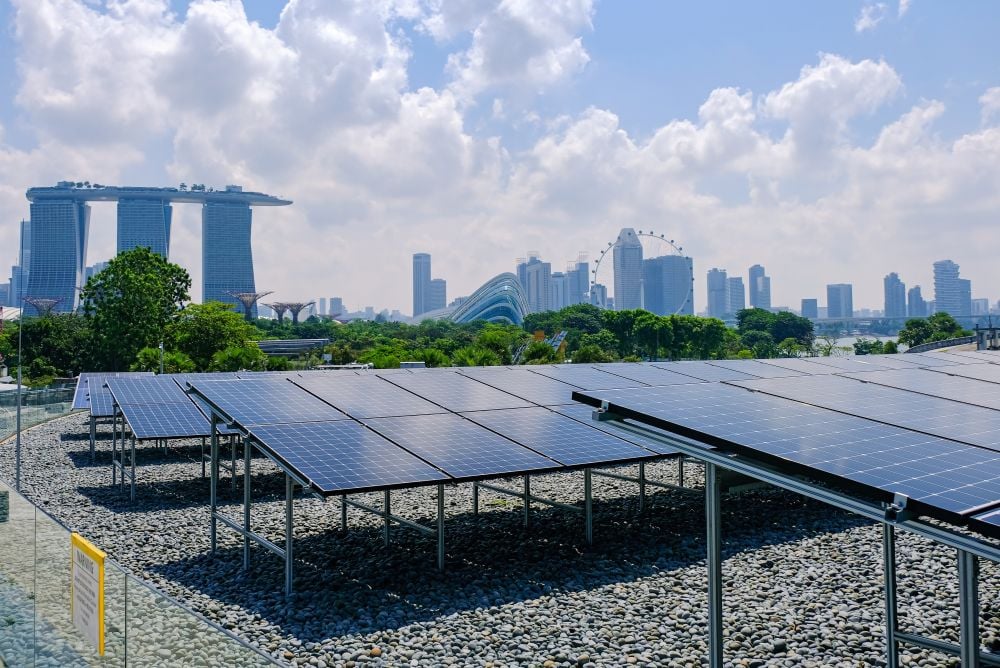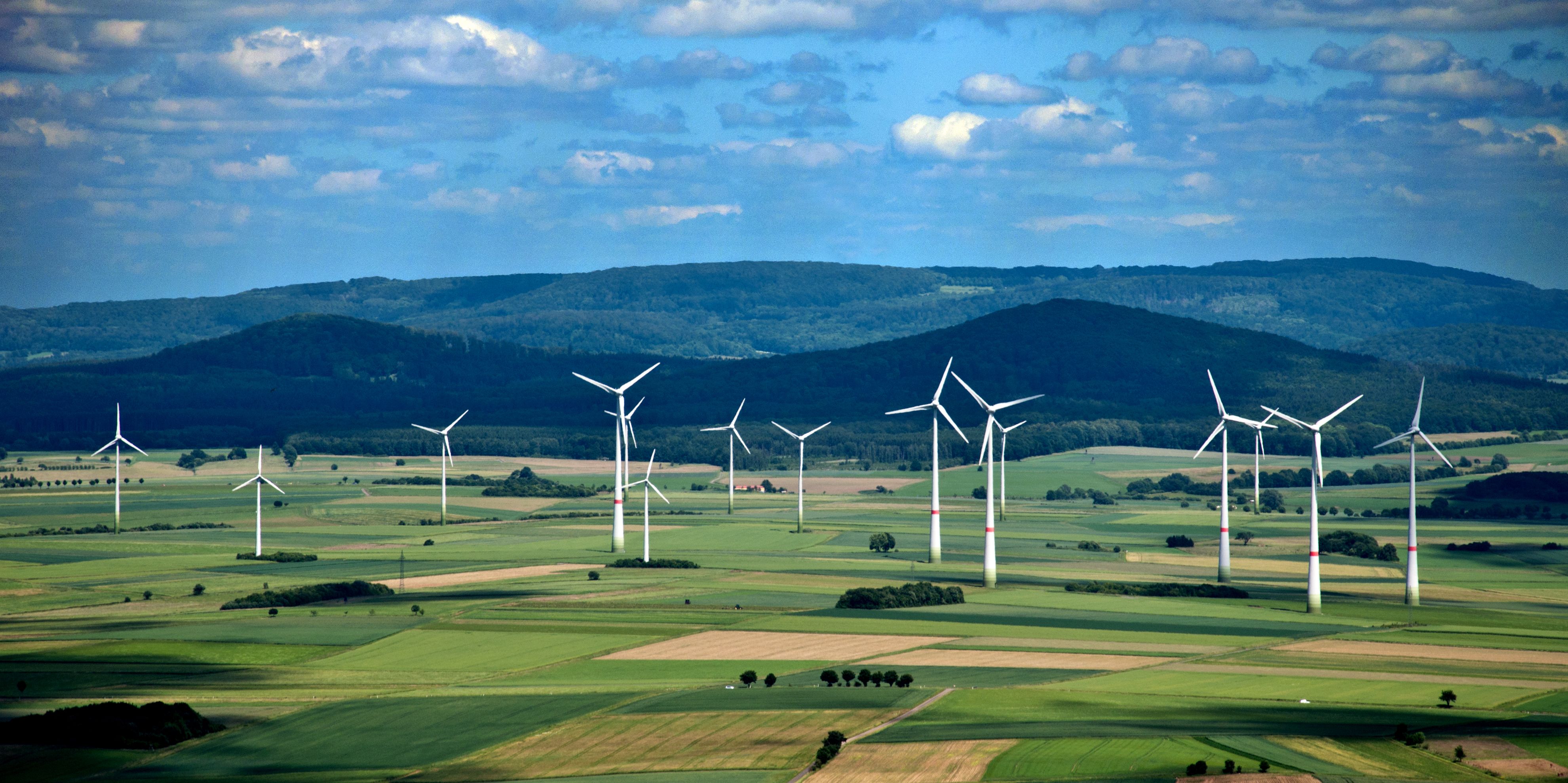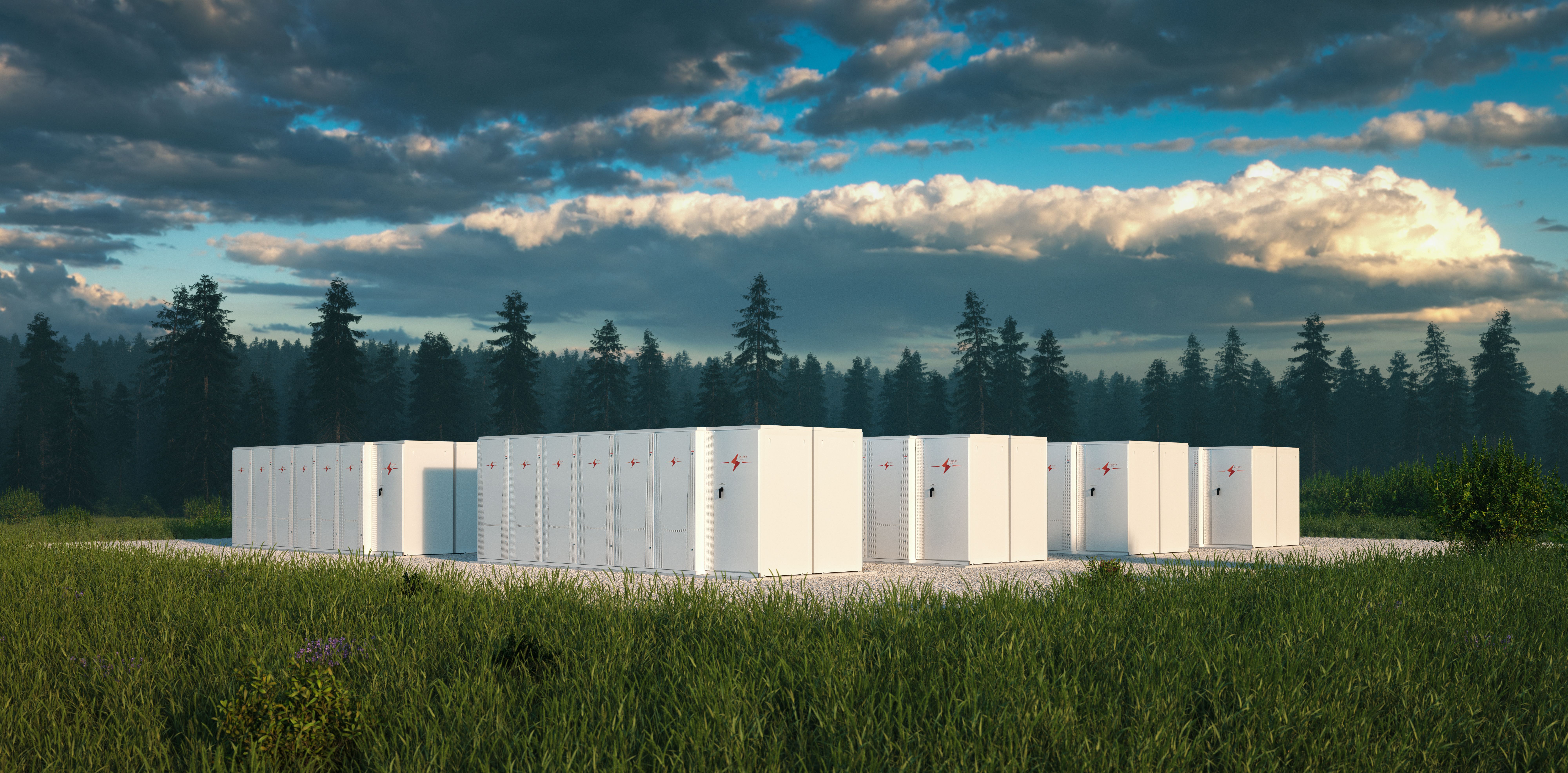Chinese companies are looking into participating in a joint venture with Argentine partner Servimagnus to dredge the River Parana, allowing larger bulk carriers to transport grain and soybeans along the waterway.
This would give Argentine agribusinesses a price advantage over producers from countries such as Brazil and the US, which have to first transport their products over long distances via truck or rail.
China Communications Construction Company (CCCC) and its subsidiary Shanghai Dredging have held meetings with Argentine government port authorities on the plan to deepen the navigable waterway with Servimagnus.
CCCC is the Chinese firm at the forefront of efforts within the Belt & Road Initiative to modernise global transport hubs, which forms part of the plan to secure long-term sustainable food supplies for China.
The Chamber of Port and Maritime Activities has held meetings with other dredging firms and port operators, who are also expected to participate in a bidding process next year.
The Parana dredging contract is scheduled to be renewed in April 2021. The contract is currently held by Luxembourg-based Jan De Nul Group, which back in 1995 signed an initial ten-year concession for deepening and maintenance dredging works in the Rio Parana and Rio de la Plata in Argentina. This contract was subsequently extended.
China is already involved in improving the rail systems in both Brazil and Argentina, in order to put in place more efficient infrastructure for grain and soybean transport.
But Argentina can significantly increase its efficiency by better utilization of the River Parana and its big inland port Rosario, which lies around 300 kilometers northwest of Buenos Aires.
Argentina has emerged as an important element of the Belt & Road Initiative as China puts in place global agricultural supply chains, giving it some influence over supply and pricing.
China had in recent years been increasing imports of soybeans from the US, but as the trade war has escalated, it has shifted its attention to Argentina and Brazil. China has ratcheted up its tariffs on US soybeans, leading to a big drop in imports.
Under President Mauricio Macri, Argentina has stengthened its relationship with China and taken full advantage of the US-China trade dispute.
Argentina and Brazil both belong to the Mercosur trading bloc, along with Paraguay and Uruguay. In June, political agreement was reached on a trade pact with the European Union.
However, this has yet to be ratified. At the G7 Summit in Biarritz over the weekend, there were calls for it to be put on hold in order to exert pressure on Brazilian President Jair Bolsonaro to take a tougher line on farmers clearing land by setting fires in the Amazon region.
French President Emmanuel Macron has taken an extremely tough line with Brazil, though analysts note that the powerful agriculture lobby in France has been fiercely opposed to the free trade agreement with Mercosur.
The planting of soybeans in Argentina usually takes place in September, with a second crop planted in November. The harvest usually ends in June. According to the Buenos Aires Grain Exchange (BAGE), the soybean harvest for the 2018-2019 crop year was the second highest in 19 years, at 56 million metric tonnes.
Grain production in Argentina is centred in three provinces - Cordoba, Santa Fe and Buenos Aires - that are served by an extensive river system; the Salado and Parana rivers that link the major cities of Santa Fe, Rosario and Buenos Aires. Almost three-quarters of the nation’s crop production is exported, with most exports moving via port terminals in the Gran Rosario region. These inland grain port terminals also attract grain from Paraguay, Bolivia and southern Brazil.
Argentina is the world's third-largest soybean and corn exporter, and biggest exporter of soyoil and soymeal. The Gran Rosario port area handles around 80% of grain exports.
Over the past four years, major grain handlers including Glencore, Cargill, Cofco, and Bunge have invested over US$1 billion to improve Rosario’s infrastructure.
State-owned China National Cereals, Oils and Foodstuffs Corporation (Cofco), which is China's largest food processor, manufacturer and trading company, has invested around US$50 million to expand a dock for barges.
According to Cofco International, Cofco’s international arm, it has access to the world’s most important agricultural production regions including South America, North America, the Black Sea region and Australia. It owns logistics centres in major global exporting and trading centres, and inland logistics nodes including Santos in Brazil, Rosario in Argentina, Saint Louis in the United States, Constanta in Romania and Kembla in Australia.









